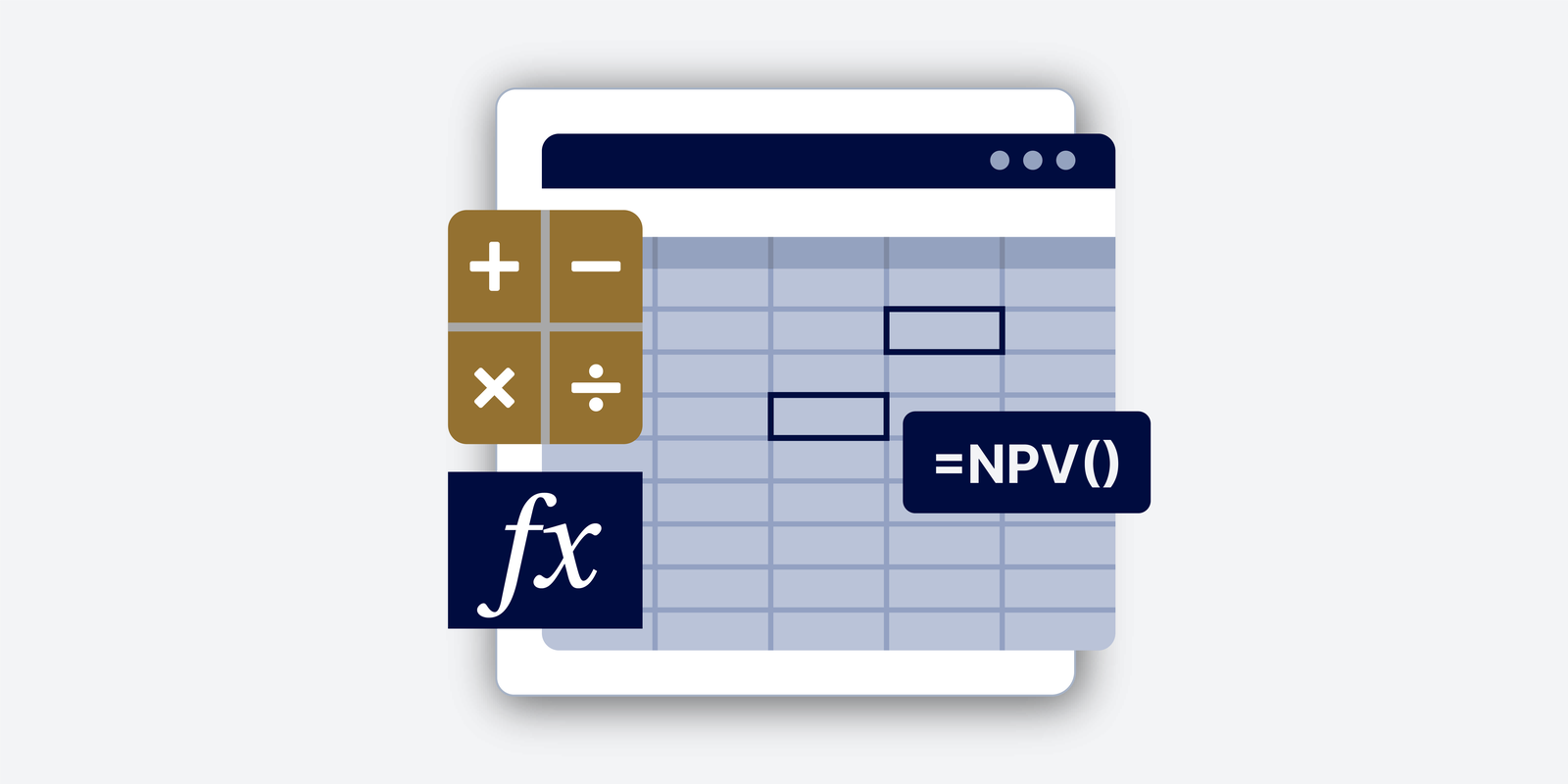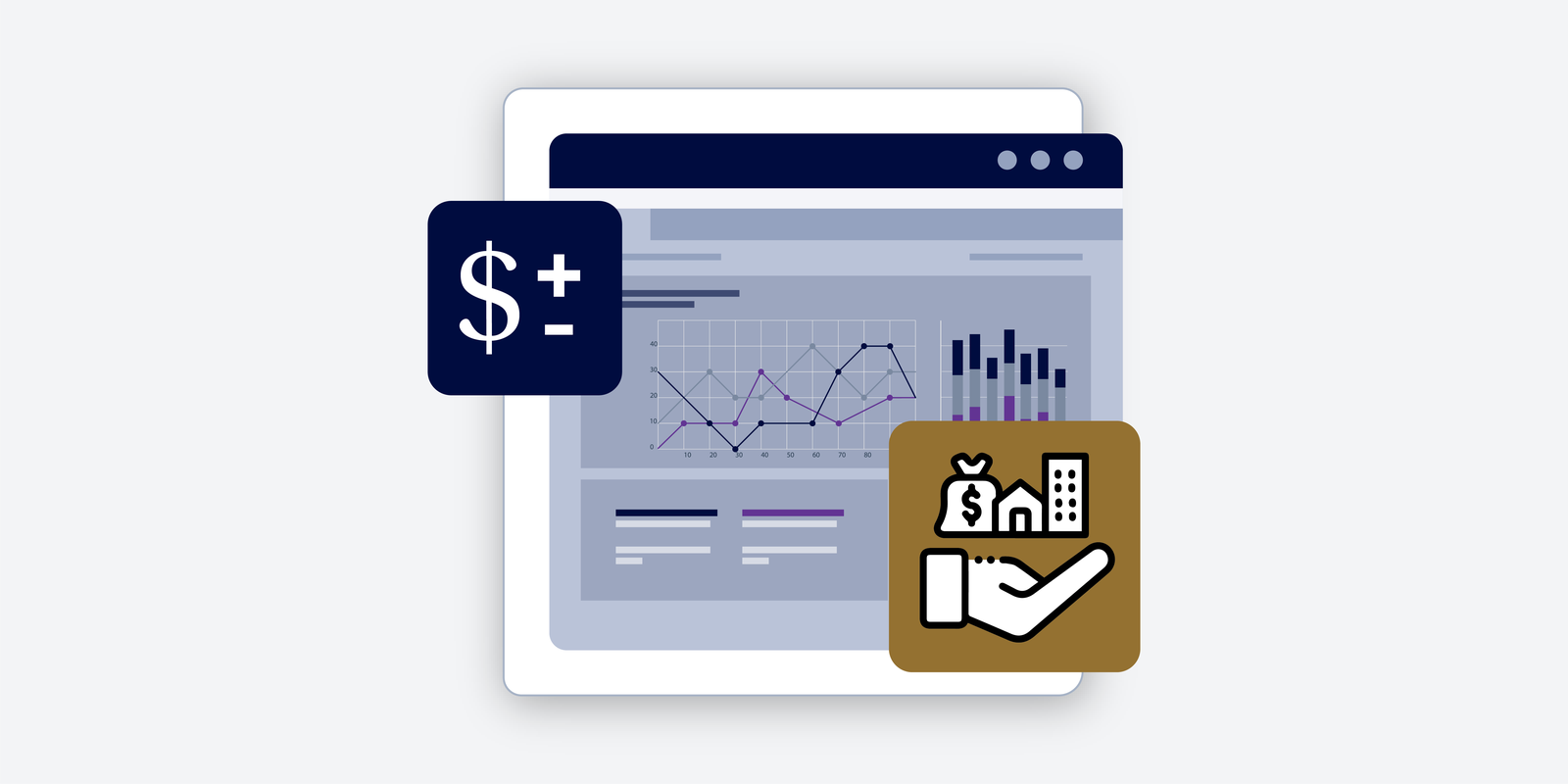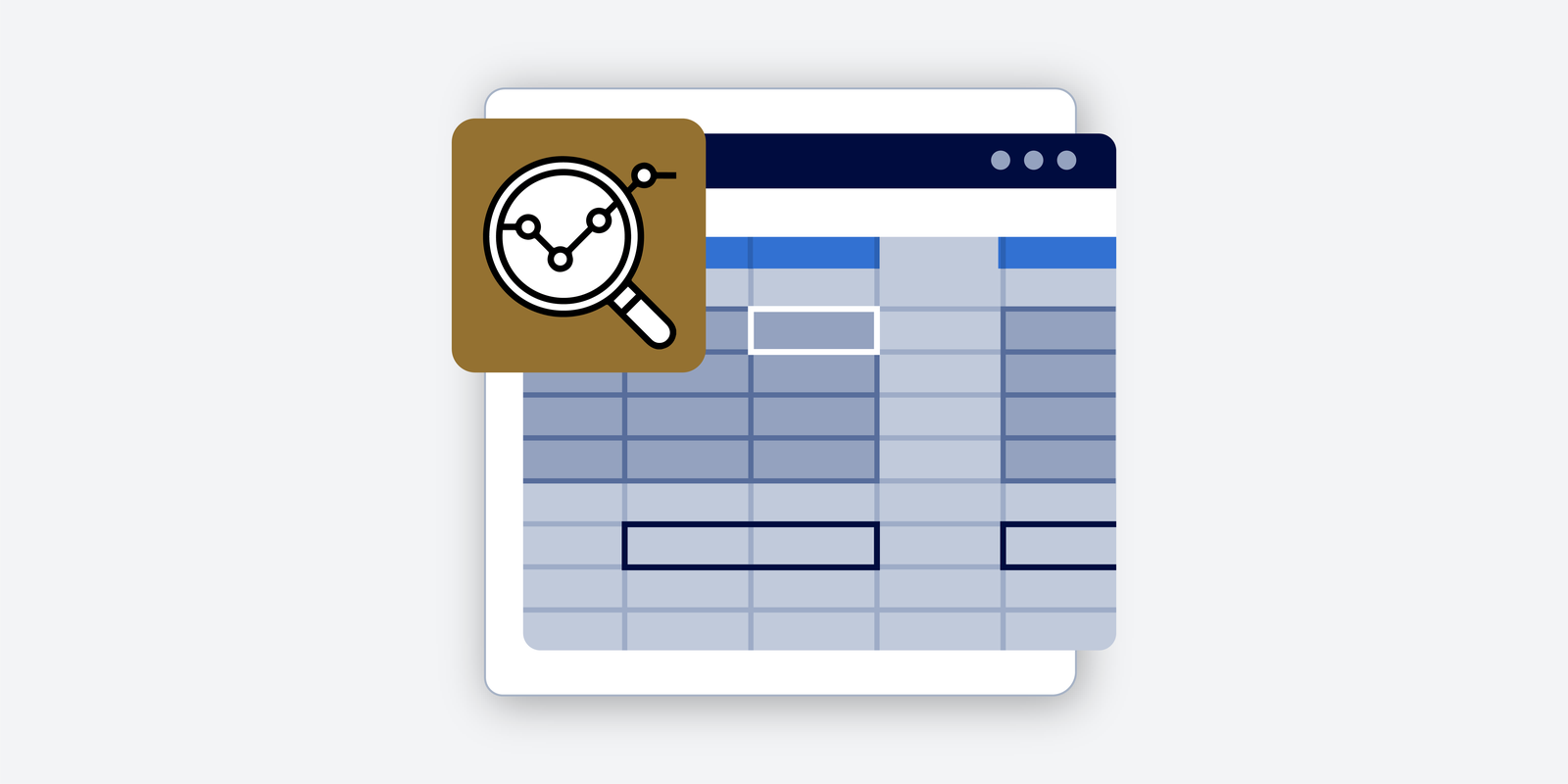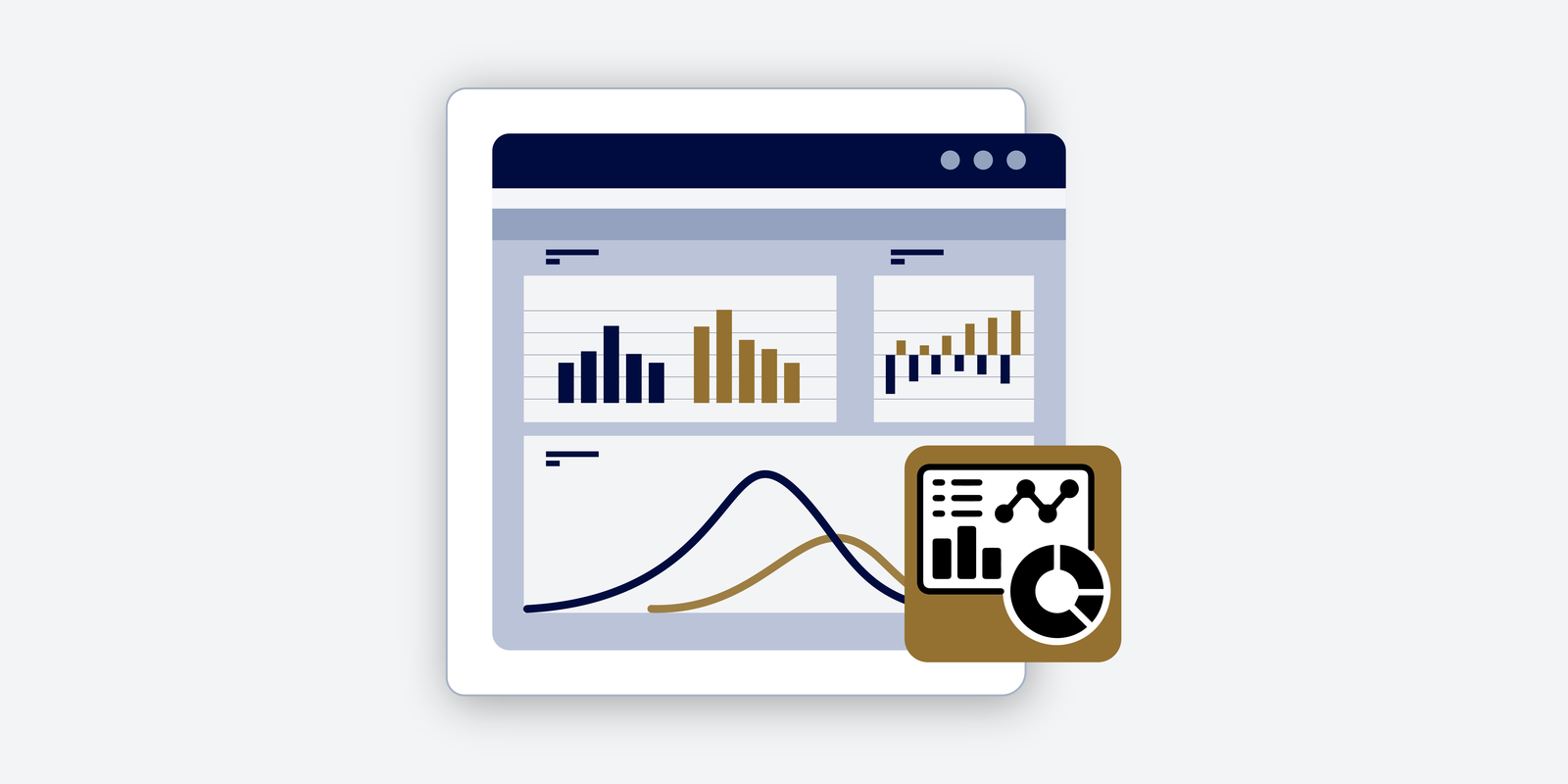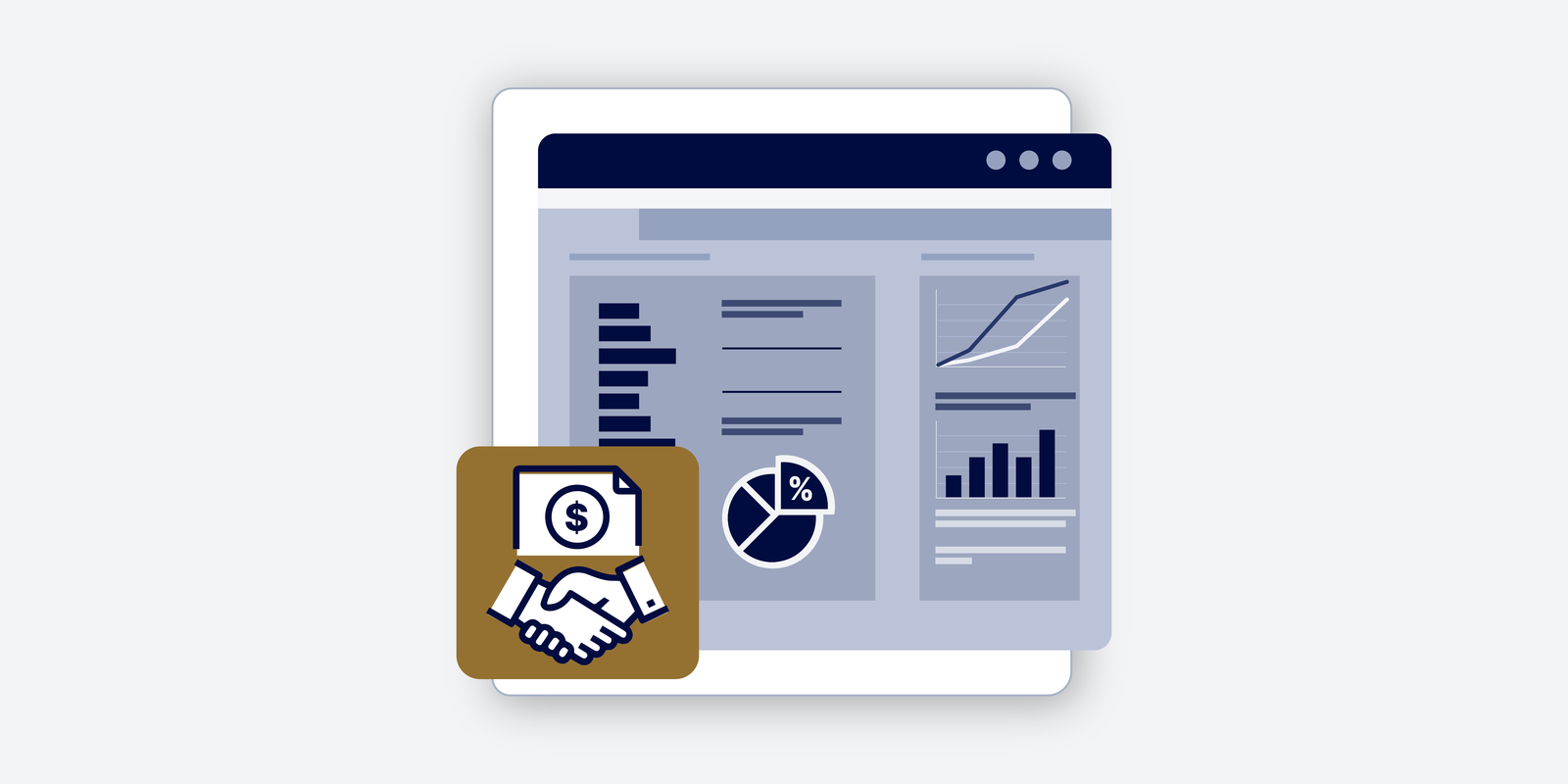Interest Rate Differential (IRD)
What is an Interest Rate Differential (IRD)? An interest rate differential is a charge that applies if a borrower pays off the entirety of the mortgage before its maturity date. Most mortgages that are given at major lending institutions charge either the interest rate differential or three months of payment interest. Generally, a lender will…
